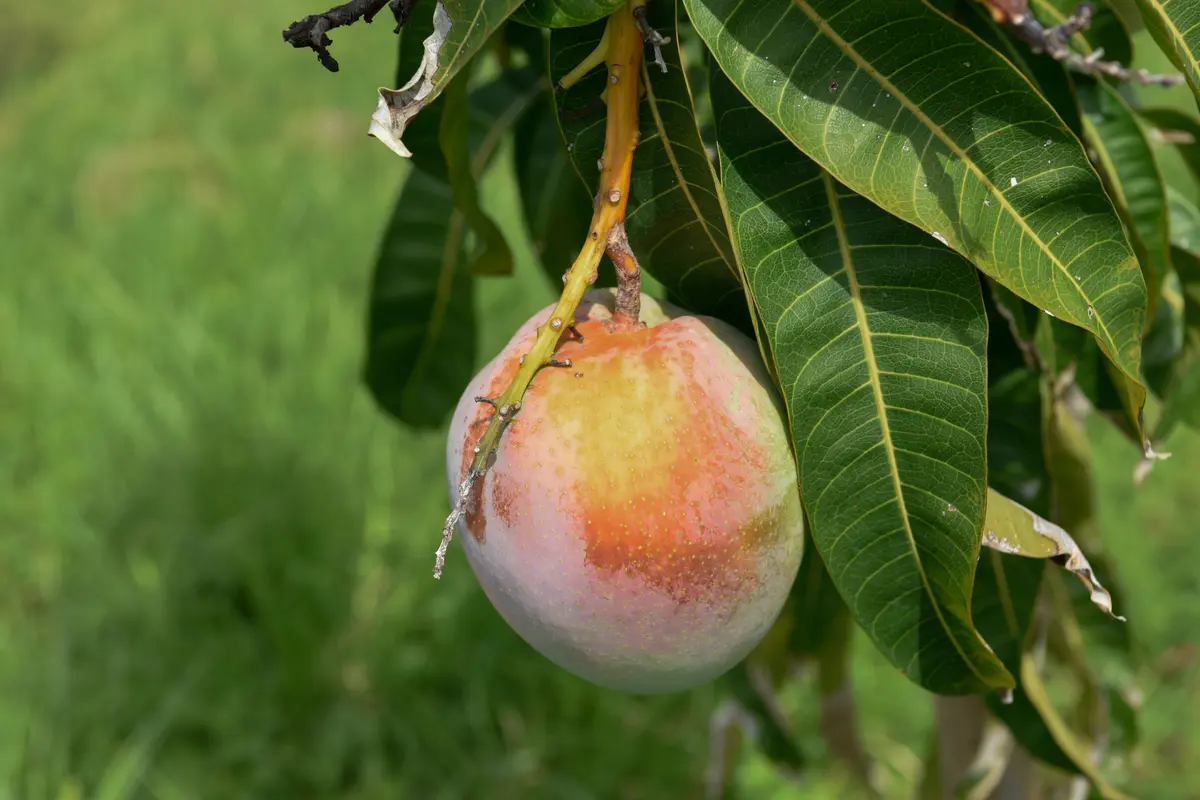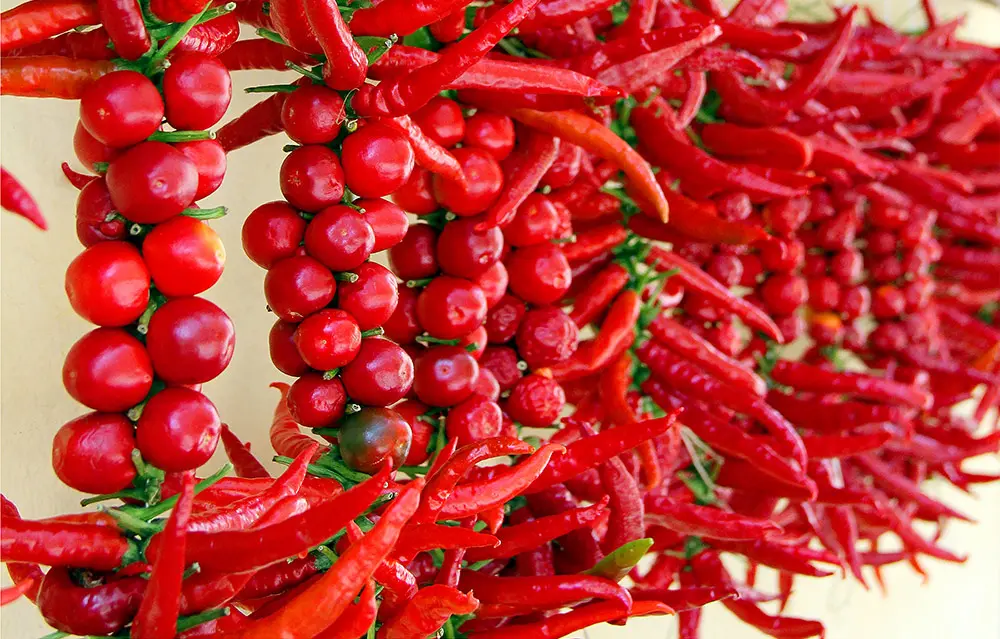A taste of PGI Nougat of Bagnara
Nougat from Bagnara Calabra: history of a traditional sweetness
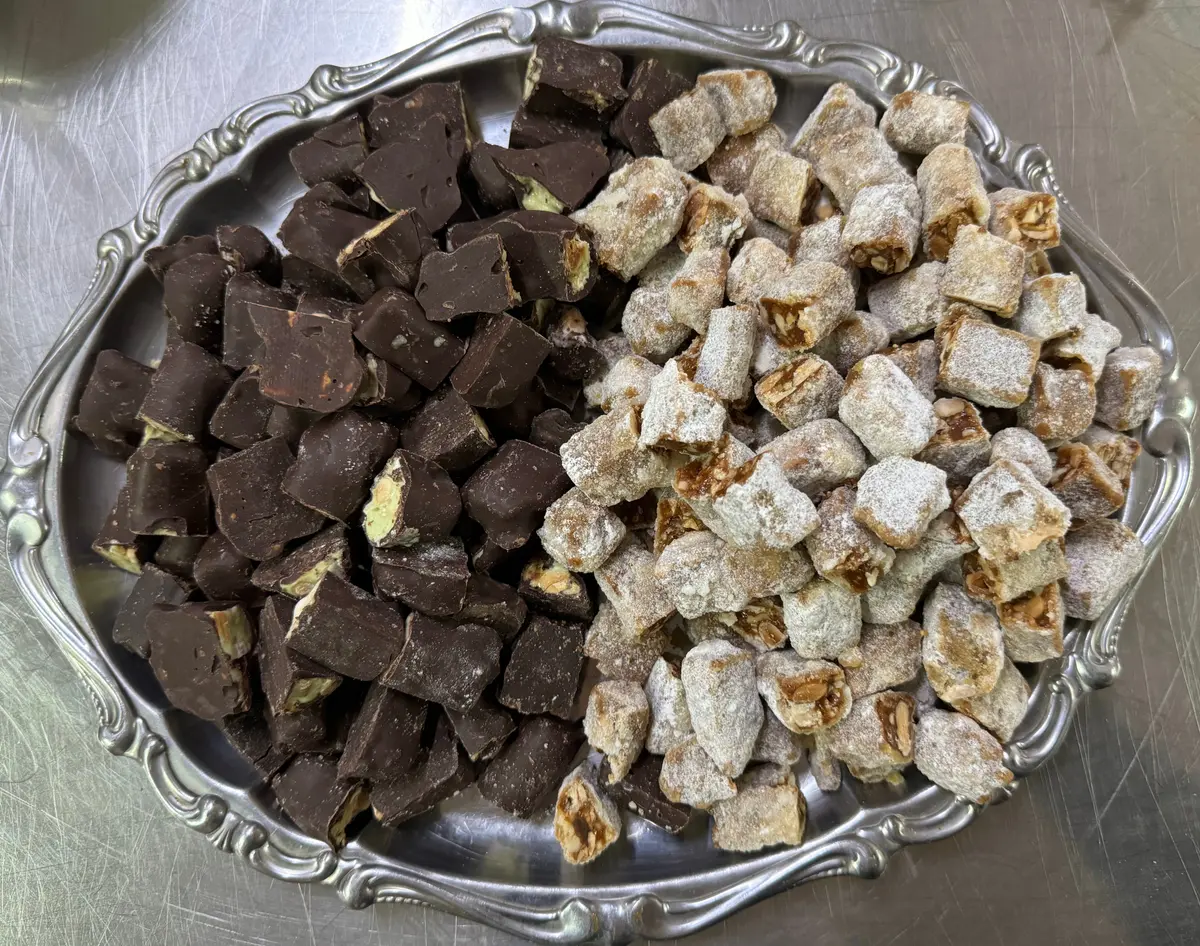
Food and wine
Regione Calabria
Not only the swordfish sold along the Costa Viola by the legendary ‘’bagnaròte‘’, the women of Bagnara Calabra recounted in literature and films, but also another Calabrian confectionery excellence deserves a visit to this magical place: handmade Nougat of Bagnara.
The Nougat of Bagnara, with Protected Geographical Indication, as well as the ‘’torroncini‘’ of Bagnara Calabra, represent high regional confectionery specialities. They are mainly consumed during the Christmas festivities but are available to taste and buy all year round.
Let's discover together the history and secrets of one of the best-loved traditional sweets in the province of Reggio Calabria.
The Bagnara Nougat PGI
Nougat of Bagnara is a typical sweet from Bagnara Calabra, the only locality covered by the PGI mark. Telling the story of PGI Nougat of Bagnara Calabra means telling a family and craft story, handed down from father to son to the present day.
The origin of the Nougat of Bagnara is linked to the history of maritime trade in this fishing centre along the Costa Viola: it is a product that combines the local production of almonds and honey with sugar from Mediterranean ports. The first archive documents attesting to its production date back to the 18th century and refer to the monks of Bagnara who were experts in the preparation of the ancient ‘’martiniana‘’ (the original name for Nougat of Bagnara). With the birth of the first real factory in the mid-nineteenth century, the history of Bagnara's nougat-making industry developed through numerous workshops that flourished in the area and made the names of the producing families famous throughout the world.
What makes Nougat of Bagnara PGI unique? In addition to the genuineness and simplicity of the ingredients (sugar, toasted almonds, honey, egg white, bitter cocoa, essential oils and powdered spices), it is the processing technique that makes the difference: the nougat is obtained by perfectly dosing the ingredients and a complex system of cooking over a high heat, at high temperatures; this is followed by subsequent refining procedures that, in the jargon, give Nougat of Bagnara its traditional ‘’monk's mantle‘’ appearance. Finally, depending on the chosen covering, two variants are obtained: the traditional ‘’Martirana‘’, with granulated sugar, or ‘’Torrefatta‘’, if the surface is glazed with bitter cocoa.
At the end of this delicate artisanal process, Bagnara Calabra nougat is packaged in the shape everyone loves, in a tray and a box: crumbly and crispy texture (with a ‘’glassy break‘’), the sweetness of the mixture balanced by the flavour of the toasted almonds and a brulé sensation, with a slightly spicy aftertaste.
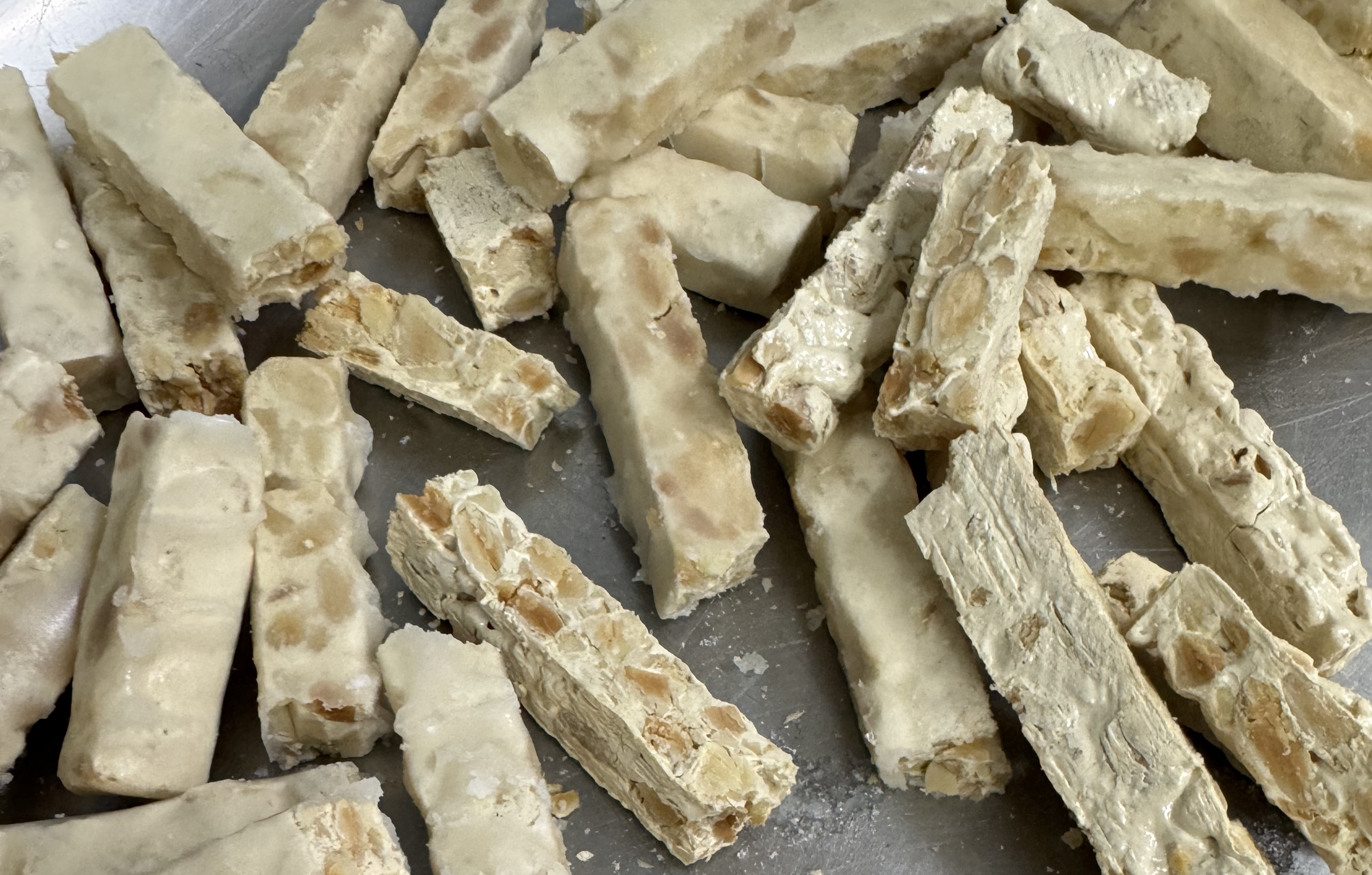
Where to eat nougat of Bagnara Calabra
If you are wondering where and when to eat PGI Nougat from Bagnara, know that the town that produces it is the capital, but that you can find these delicacies throughout the province of Reggio Calabria and that Nougat from Bagnara is a regional excellence sold in Italy and abroad. Created as a traditional Christmas sweet, Nougat from Bagnara is now eaten all year round, paired with passito wine made from Zibibbo Costa Viola IGT grapes grown on typical local terraces (armacìe).
Tasting PGI Nougat of Bagnara is a good excuse to visit the seaside village of Bagnara Calabra. Known for being the birthplace of the ‘’Bertè sisters‘’ of Italian song (Loredana and Mia Martini, to whom a monument is dedicated), Bagnara offers a splendid promenade along the seafront overlooking the Strait of Messina and the historic centre, in a more elevated position.
Among the oldest remains that survived the disastrous earthquake of 1908 is the 15th century Aragonese Tower (or Capo Rocchi), one of Calabria's coastal watchtowers. The other monumental buildings are the result of painstaking reconstruction in Art Nouveau style and skilful restoration. Among these, the Church of the Carmine, on the square with a panoramic view, the Monumental Fountain dedicated to Garibaldi and the Ruffo Ducal Castle, a little further upstream, are worth a visit. From the top of the hill of the same name, the Marturano Path starts, allowing a pleasant trek back to the marina through the greenery.
The most recent area of the town, in the Marinella district, is home to a long pedestrian promenade full of shops, historic cafés and the inevitable craft shops where you can taste and buy PGI Nougat of Bagnara.
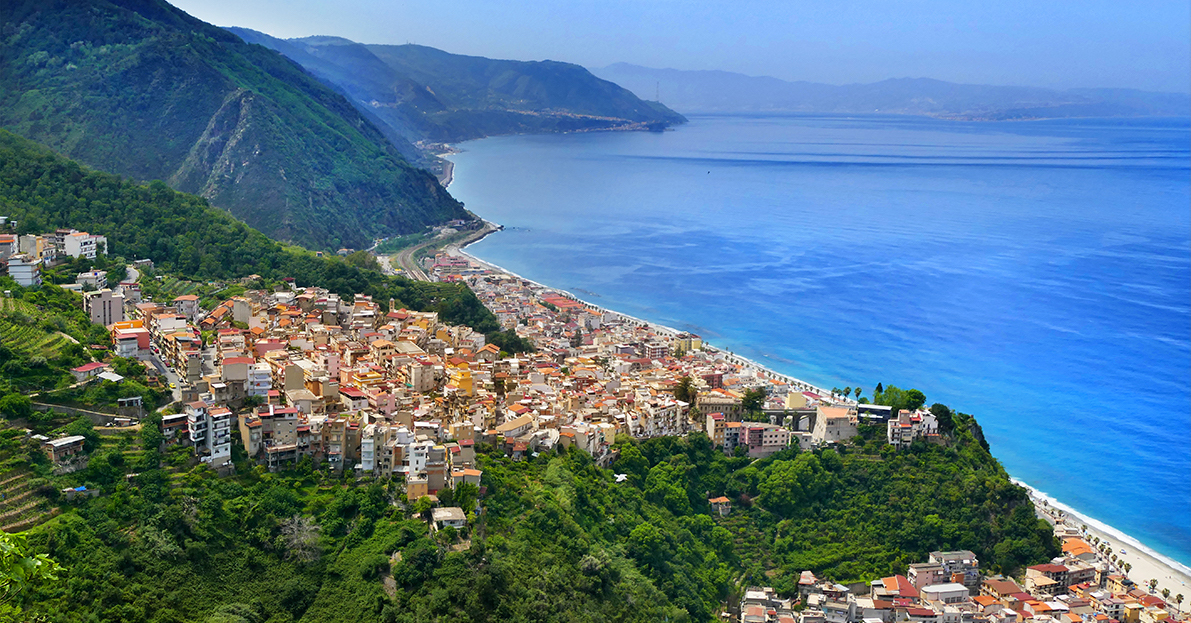
https://calabriastraordinaria.it/en/news/a-taste-of-pgi-nougat-of-bagnara

